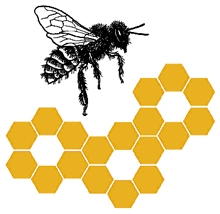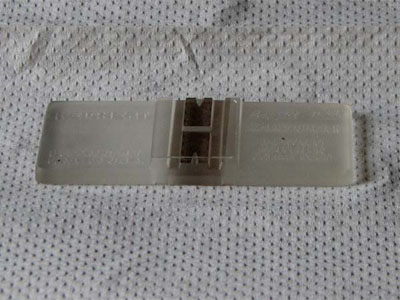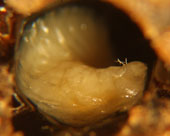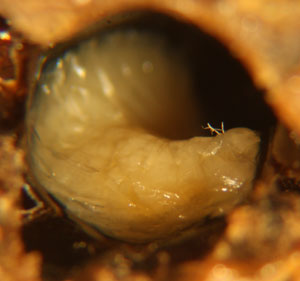
Sampling honey bee colonies for Varroa destructor is an extremely important tool for gaining control of Varroa mites.
Why SAMPLE in a standard way?
- Be informed: know thy enemy!
- Decrease use of miticides!
- Reduce chemical residues in hive!
- Save time and money!
- Develop regional treatment thresholds!
- Breed queens from colonies with low mites!
The following …











